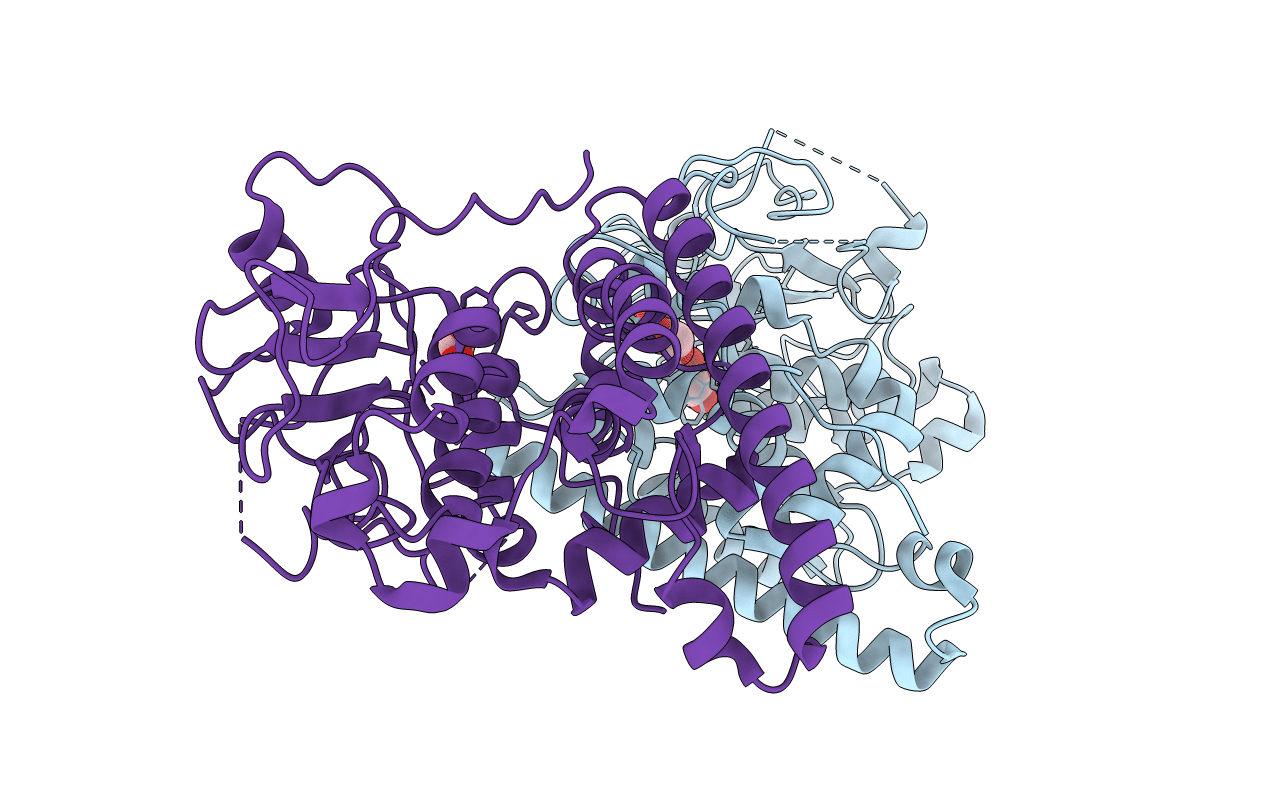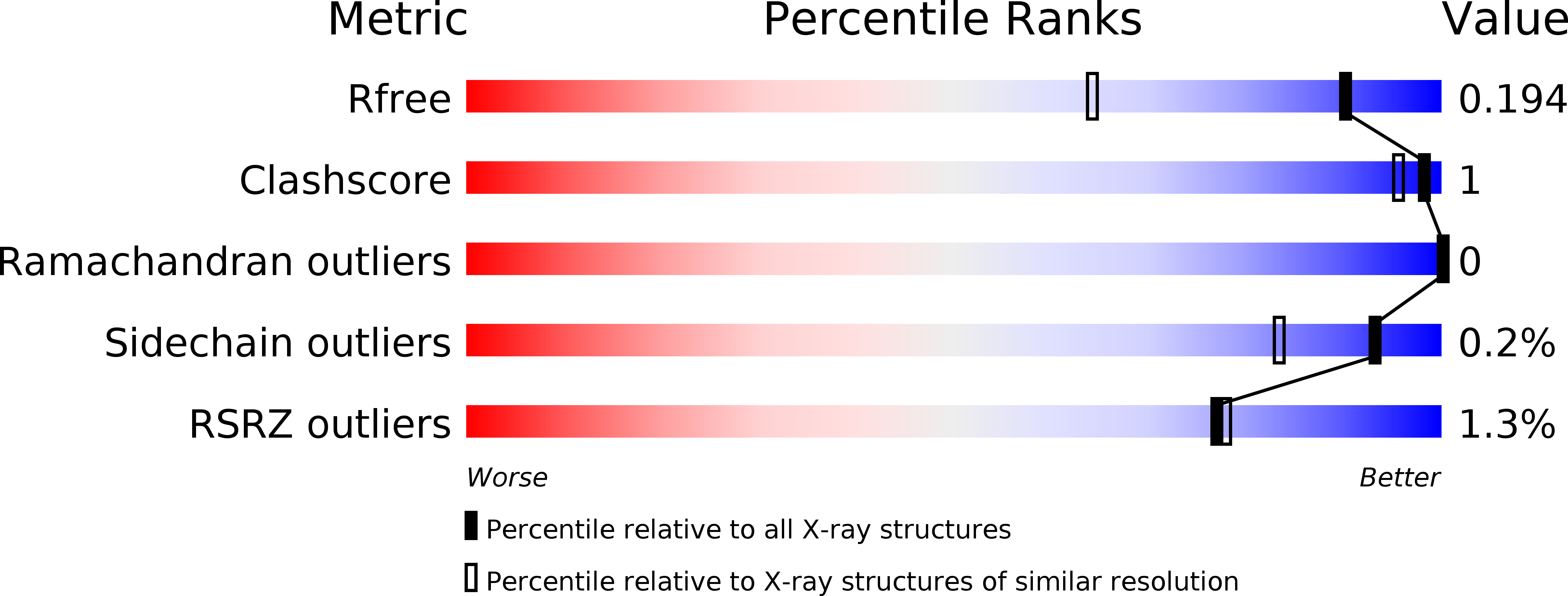
Deposition Date
2016-07-22
Release Date
2016-10-26
Last Version Date
2024-01-10
Entry Detail
PDB ID:
5LKB
Keywords:
Title:
Crystal structure of the Xi glutathione transferase ECM4 from Saccharomyces cerevisiae
Biological Source:
Source Organism:
Host Organism:
Method Details:
Experimental Method:
Resolution:
1.45 Å
R-Value Free:
0.19
R-Value Work:
0.16
R-Value Observed:
0.16
Space Group:
P 1 21 1


